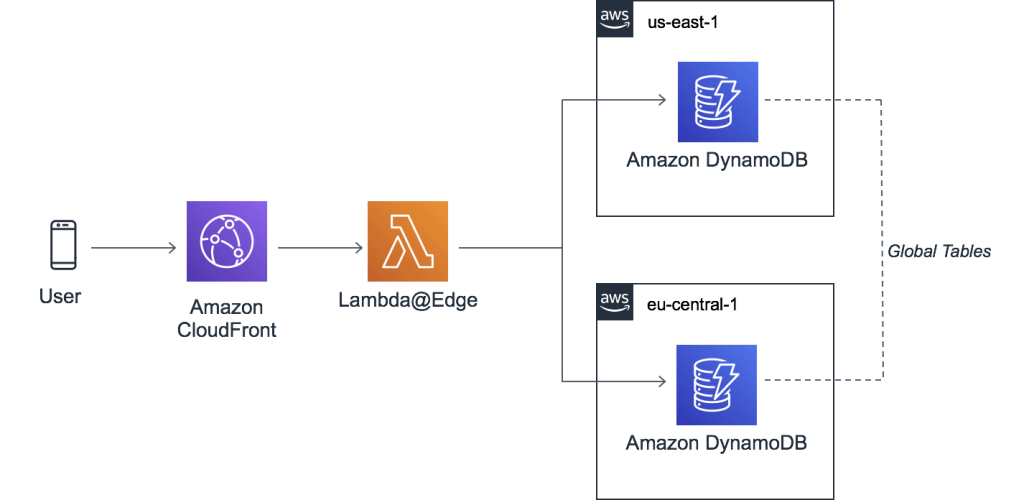Networking & Content Delivery
Tag: Amazon CloudFront
CloudFront migration series (Part 1) – introduction
September 8, 2021: Amazon Elasticsearch Service has been renamed to Amazon OpenSearch Service. See details. This is the first post in a blog series about Amazon CloudFront migrations. CloudFront works with other AWS edge networking services, to provide content delivery, perimeter security, end-user routing, and edge compute. CloudFront is a Content Delivery Network (CDN), which […]
Optimizing performance for users in China with Amazon Route 53 and Amazon CloudFront
China is an important market for global companies. Both enterprises and startups conducting or expanding business globally are looking for ways to tap into the growing user market in China. To help accelerate the customer cloud journey and help them move quickly into the new markets, AWS China (Beijing) Region was launched in 2016, followed […]
Creating realtime dashboards using Amazon CloudFront logs
September 8, 2021: Amazon Elasticsearch Service has been renamed to Amazon OpenSearch Service. See details. Creating real time dashboards using Amazon CloudFront logs Amazon CloudFront is a content delivery network (CDN) that securely delivers static and dynamic web content with low latency and high transfer speeds using a global network of edge locations. Today, CloudFront […]
Unpacking SNI-based SSL and dedicated IP SSL for Amazon CloudFront
Amazon CloudFront is a content delivery network (CDN) that securely delivers static and dynamic web content with low latency and high transfer speeds using a global network of edge locations. When you request content that is served via CloudFront, you are routed to the nearest edge location in order to minimize network latency and maximize […]
Amazon CloudFront Announces Cache and Origin Request Policies
Amazon CloudFront’s new Cache and Origin Request Policies give you more control over the way CloudFront uses request data to influence both the cache key and the request that is forwarded to the origin on a cache miss. This gives you more flexibility while enabling better control and efficiency of the caching that CloudFront performs. […]
Serving SSE-KMS encrypted content from S3 using CloudFront
Update: We’ve updated this blog and the AWS Lambda function code to work with both “custom” and “s3” style origins in Amazon CloudFront. Previously, only “custom” types were covered. In August 2022, CloudFront launched OAC (Origin Access Control), providing native support for customers to use CloudFront to access S3 bucket encrypted with SSE-KMS. Depending on […]
Improve your website performance with Amazon CloudFront
For consumer-facing websites, the speed at which the site loads directly impacts the user’s browsing experience and the success of your business. If your website takes a long time to load, your users might abandon it before completing their transaction, affecting your revenue. You can use a content delivery network (CDN) like Amazon CloudFront to […]
Using multiple content delivery networks for video streaming – part 2
If you are reading part two of this two-part blog series, it probably means that you operate a video streaming service for millions of viewers, with high sensitivity to performance, and you are considering multiple CDNs for your video delivery. In this part, I will guide you through important questions to consider when deploying a […]
Handling Redirects@Edge Part 2
In continuation with our series on Handling Redirects@Edge, in this blog post, we will explore how you can leverage Amazon CloudFront, Lambda@Edge and Amazon Simple Storage Service (S3) to offload the origin from URL redirection with more advanced capabilities. As part of this solution, we offer a simple custom-built user interface to define and manage […]
Handling Redirects@Edge Part 1
A HTTP URL redirect is a webserver function that redirects a user to a different URL from the one they originally requested. Redirections are useful when you want a short easy to remember URL which when accessed redirects you to the actual landing page. URL shortener services are a good example of this use case. […]









